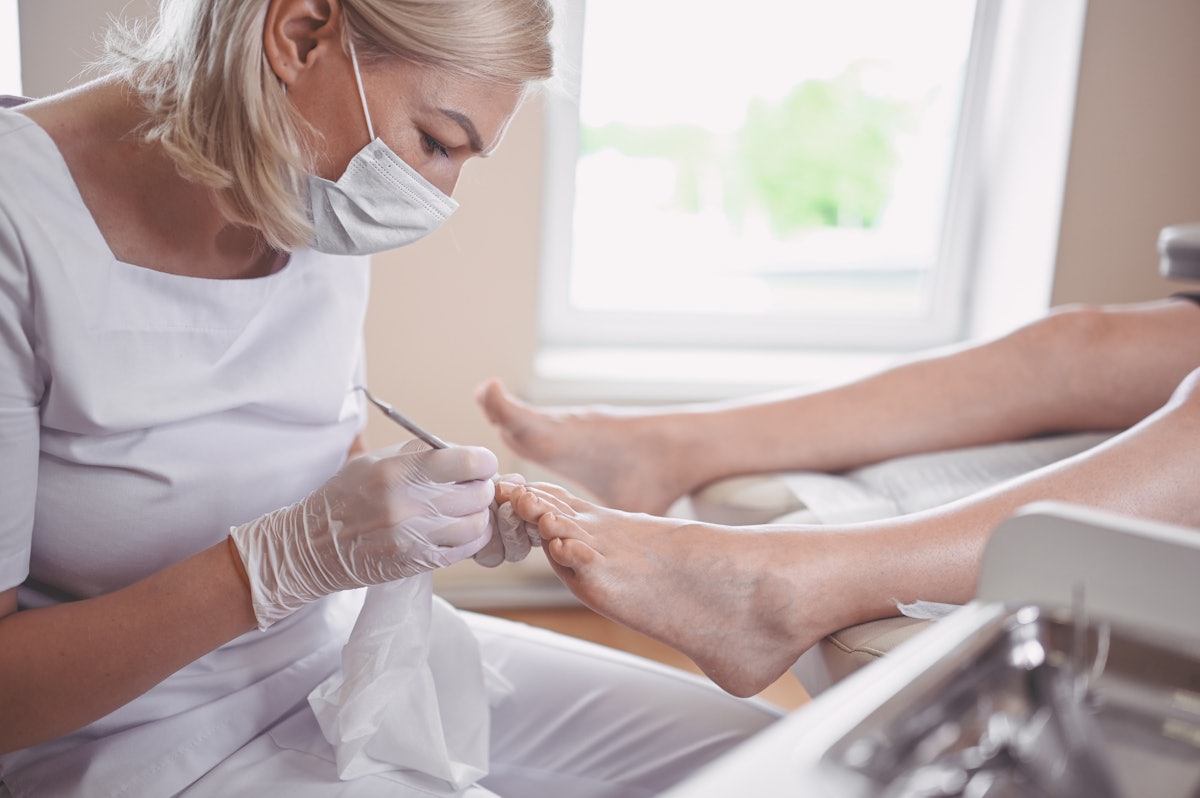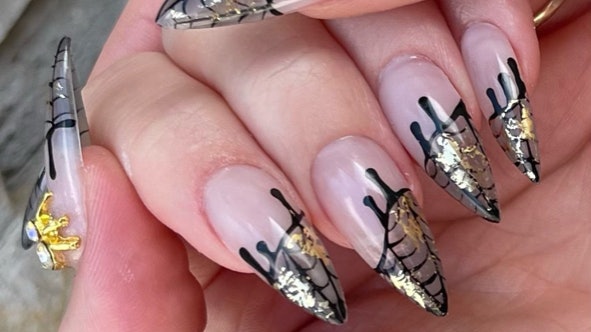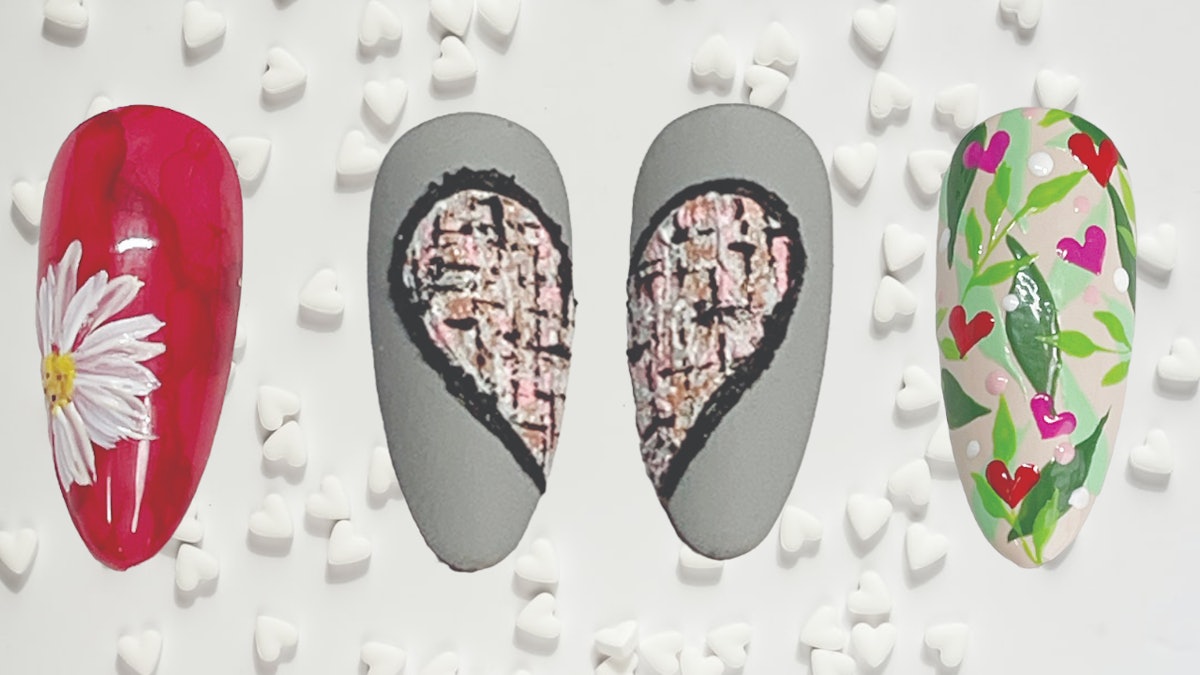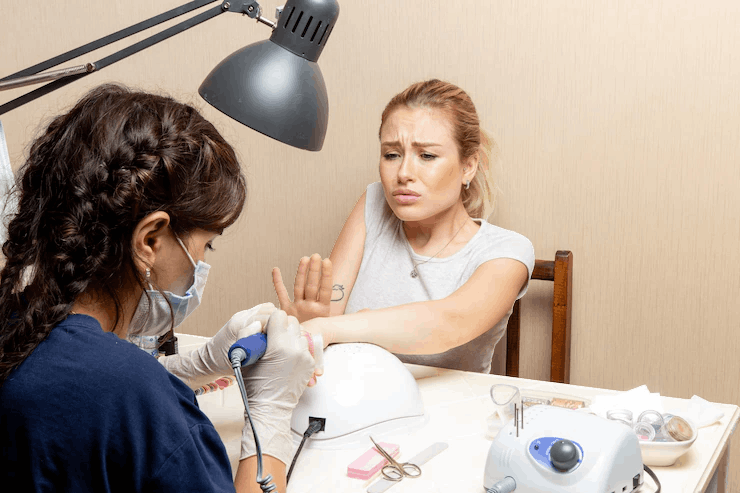Introduction
Pedicures are a cherished self-care treatment, providing relaxation and aesthetic enhancement. However, behind the beauty lies a crucial aspect: rigorous sanitation. This ensures every pedicure is not only visually pleasing but also safe. The importance of pedicure sanitation cannot be overstated, as it plays a vital role in preventing infections and promoting the overall health of clients’ feet.
The Importance of Pedicure Sanitation
Sanitation in pedicure services goes beyond just a clean appearance; it is essential for avoiding infections and disorders. Conditions such as fungal infections, warts, and bacterial infections can easily spread if hygiene practices are neglected. Moreover, disorders like Athlete’s Foot, onycholysis, and paronychia can result from unsanitary conditions.
Maintaining high cleanliness standards fosters trust with clients, showcasing a commitment to their health and well-being. Furthermore, it is not only the clients that need protection; technicians must also uphold their safety.
Disinfectant, Sterilization, and Sanitation
In the foot care industry, cleanliness is paramount to ensuring client safety and trust. The key concepts are:
Sanitation
Sanitation involves cleaning surfaces to eliminate visible dirt and debris, reducing the number of pathogens to safe levels without eradicating all microorganisms. For example, wiping down workstations and footbaths with antibacterial soap and water exemplifies sanitation.
Disinfectant
This entails using chemical agents to kill or deactivate most pathogens on surfaces and tools. While disinfectants are effective against a broad spectrum of microorganisms, they do not eliminate all microbial life. An example includes soaking tools in hospital-grade disinfectants.
Sterilization
Sterilization is the complete destruction of all forms of microbial life, including spores. It ensures microbial safety and involves methods such as using an autoclave for sterilizing metal tools. Understanding and applying these practices is crucial in maintaining a hygienic environment for both clients and technicians.
Essential Sanitation Practices
Here are five essential sanitation practices to ensure a safe and healthy pedicure environment, preventing the transmission of infections:
1. Sterilization of Tools
The gold standard for sterilizing tools is using an autoclave, which utilizes high-pressure steam to eliminate all microbial life. All metal implements should first be washed with antibacterial soap and water before sanitation practices. Once cleaned, all implements must be stored properly to maintain their sterility.
If an autoclave is unavailable, tools should be soaked in hospital-grade disinfectants, ensuring they are completely dried before the next use to avoid rust and contamination.
2. Clean Workstations
It is vital to regularly wipe down all surfaces with disinfectant wipes or sprays, especially between clients. Where possible, disposable items such as nail files and buffers should be used, with single-use items discarded immediately after use. Technicians must also wear gloves at all times.
3. Footbath Sanitation
Footbaths require thorough cleaning and disinfection after each use. Technicians should scrub the basin with antibacterial soap and water before applying a disinfectant solution. For piped footbaths, it is necessary to flush the system with disinfectant to prevent microbial buildup.
4. Hand Hygiene
Technicians must wash their hands thoroughly before and after each pedicure. Hand sanitizers should serve as additional precaution. Gloves should always be worn when in contact with the client.
5. Protective Gear
Technicians should wear gloves during pedicure treatments to prevent the spread of infections. Masks may also be beneficial in avoiding inhalation of nail dust and chemicals, ensuring the safety of both the technician and the client. Proper ventilation is crucial, and it is essential to review state regulations for compliance.
Educating Clients
A key component of maintaining excellent hygiene is educating clients about foot care and sanitation. Providing clients with guidance on how to care for their feet at home and the significance of regular pedicure hygiene empowers them and reinforces the salon’s commitment to their health.
Conducting a pre-pedicure consultation allows technicians to check for visible signs of infection or skin issues. This should occur for each pedicure, particularly for diabetic clients. Understanding the zones of the feet is critical for providing proper diabetic pedicures. If any infection is suspected, the technician should politely decline the service and recommend that the client seek medical advice.
Staying Informed and Compliant
Salons must remain updated on the latest guidelines and regulations regarding sanitation from health authorities. Keeping a cleaning log is necessary, and staff should undergo regular training and refresher courses on hygiene and sanitation best practices. This ensures compliance and enhances the overall safety and quality of services offered.
A Clean Experience = A Great Experience
Sanitation forms the cornerstone of a safe and effective pedicure experience. By adhering to strict hygiene practices, salons not only protect the health of their clients but also maintain a reputation for excellence. Clients will appreciate the salon’s dedication to cleanliness, resulting in higher rates of return visits and recommendations.
Ultimately, meticulous sanitation enhances the beauty and health of clients’ feet, contributing to a thriving, trusted business. By prioritizing sanitation practices, your salon can ensure that every pedicure is a safe and enjoyable experience for clients. When you prioritize client health, everyone wins!
For those interested in transforming their nail business into a six-figure venture, contact me at [email protected] or visit https://www.maisiedunbar.com to book a free 30-minute call.



